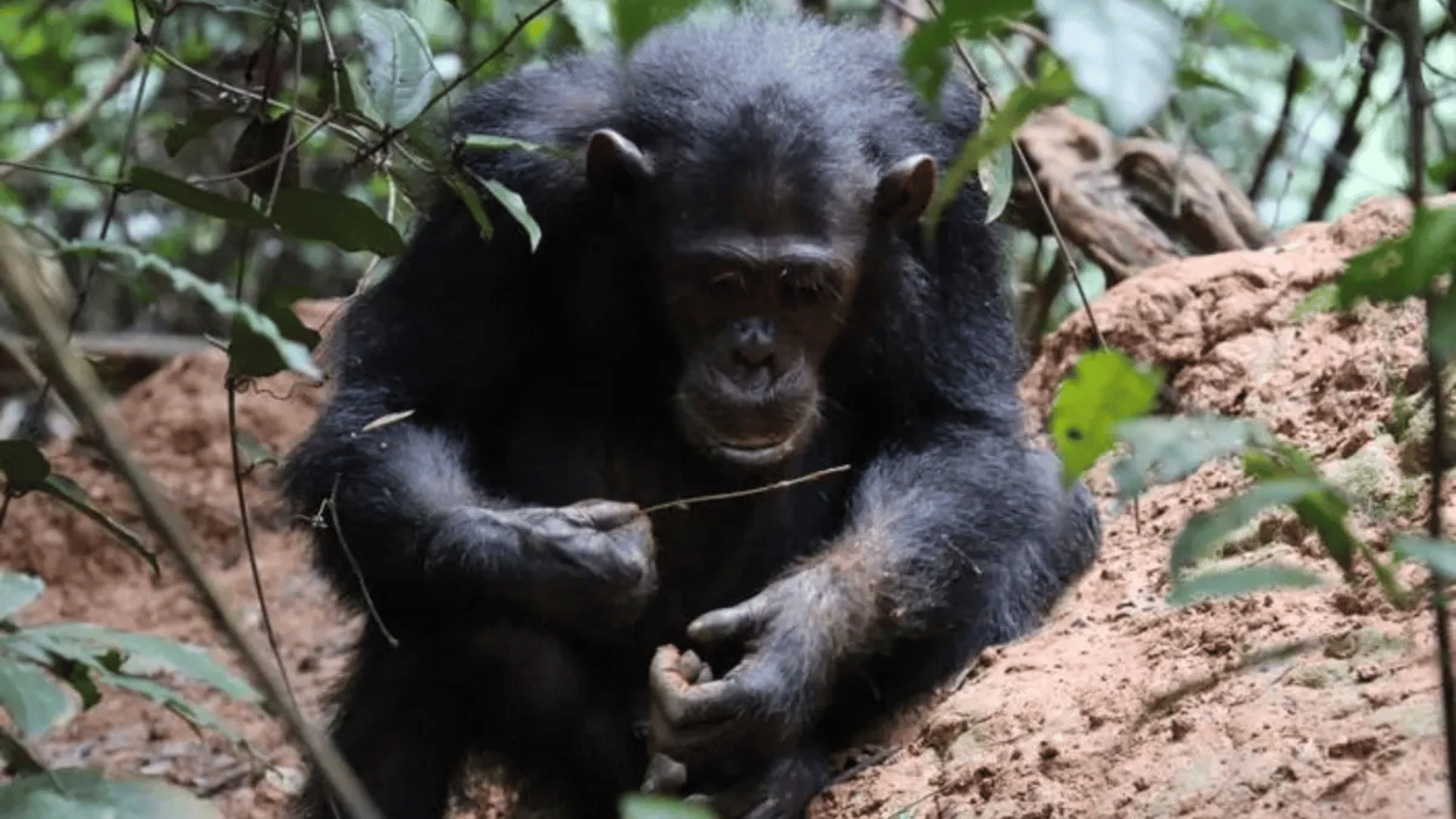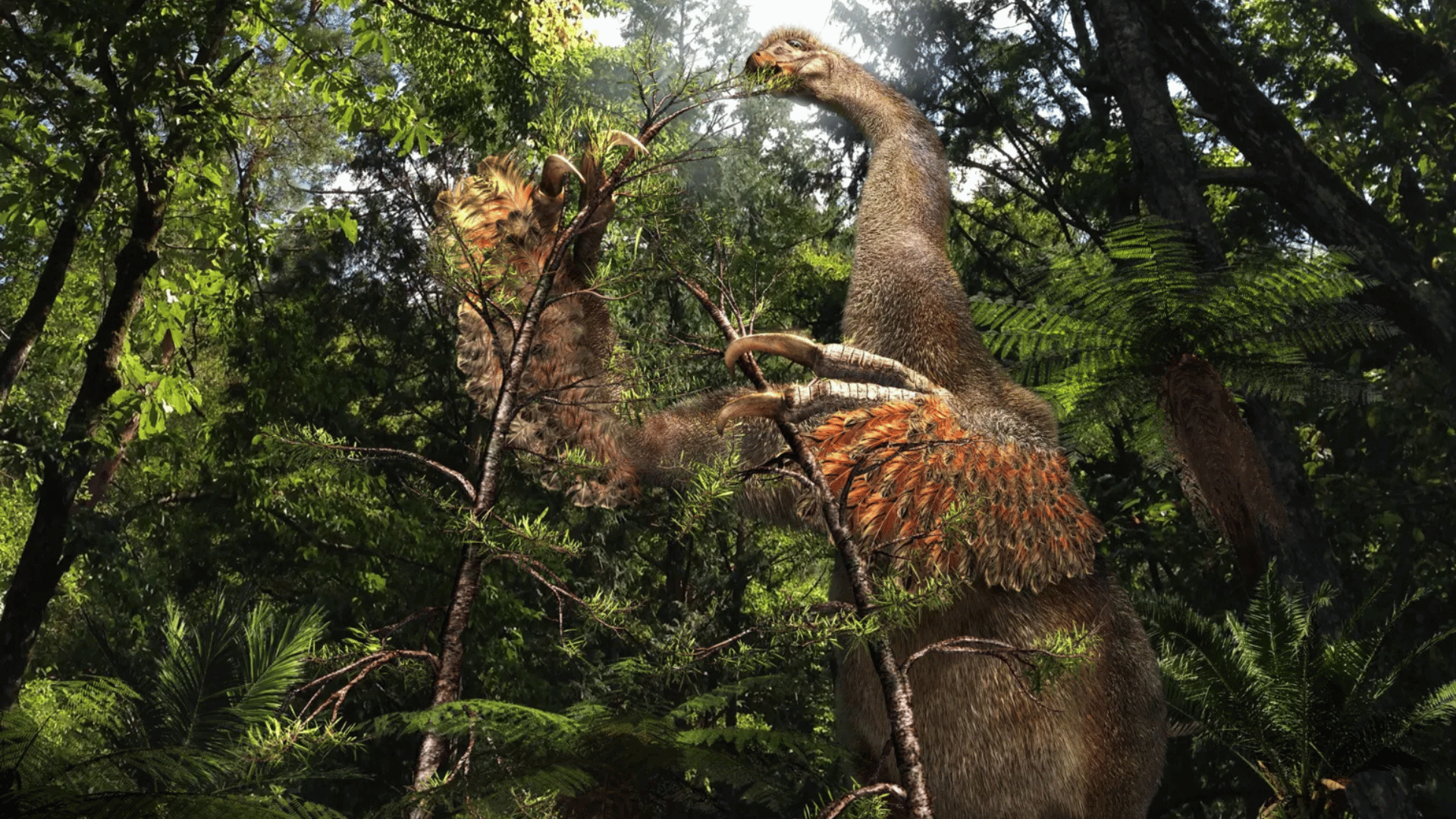Though termites are an excellent source of nutrition for chimpanzees, scooping them from winding tunnels beneath the ground is challenging. For the first time, a team of researchers has observed chimps purposefully engineering tools described as “relatively thin probes” to fish for the bugs.
Crafting Chimpanzees

“This is the first comprehensive evidence that wild chimpanzees select tool materials for termite fishing based on specific mechanical properties,” Alejandra Pascual-Garrido said in a press release.
The team behind the new study consists of researchers from institutions such as the Jane Goodall Institute in Tanzania. They have identified a new tool-making behavior in chimpanzees at Gombe Stream National Park.
They hypothesized that the chimps deliberately selected these specific types of plants because they could be easily manipulated into tools. This suggests they may have an innate “folk physics” to engineer tools, which could help us learn more about how humans developed this ability.
First author Alejandra Pascual-Garrido tested the hypothesis by measuring the “bendability” of the plants that they selected. Using a special portable tester, Garrido evaluated how much effort the chimps needed to exert to manipulate the plants.
The findings showed that the plants passed over by the chimps were 175 percent more rigid than the selected plants. According to the press release, this suggests that wild chimpanzees may possess a natural understanding of “folk physics,” intuitively recognizing the mechanical properties of the plants they use for foraging.
The press release also noted that certain plant species, such as Grewia spp., constitute tool material for termite-fishing chimpanzee communities living up to 5,000 kilometers away from Gombe.
“This novel approach, which combines biomechanics with animal behavior, helps us better understand the cognitive processes behind chimpanzee tool construction and how they evaluate and select materials based on functional properties,” Garrido stated.







